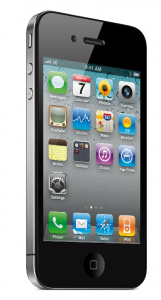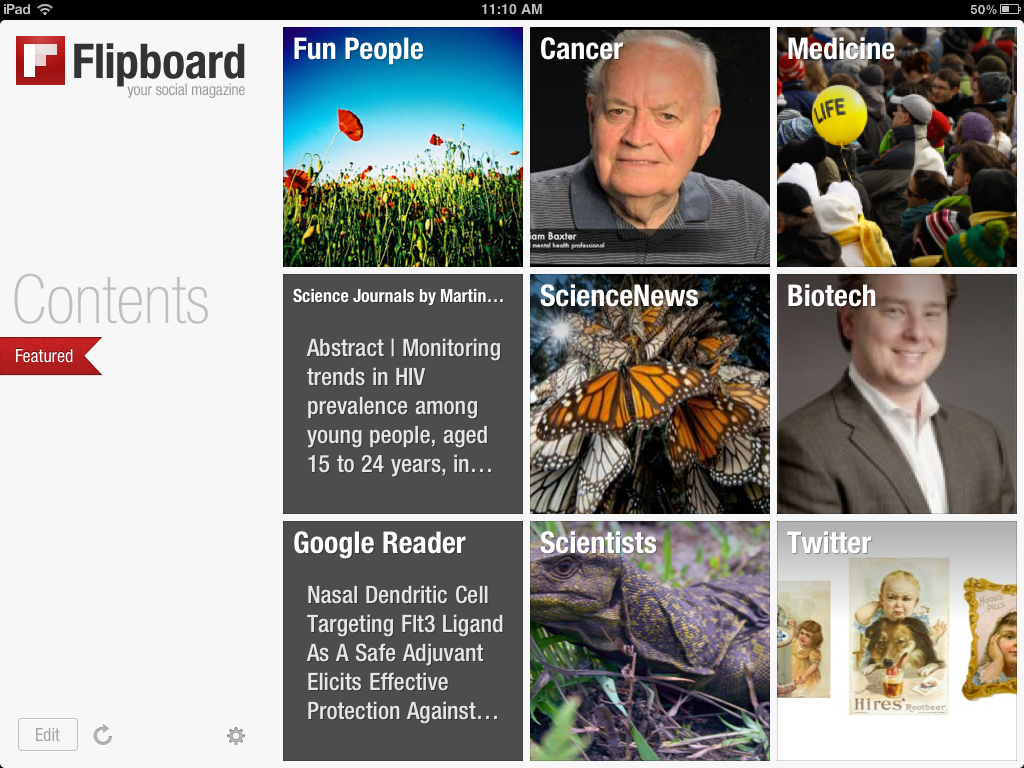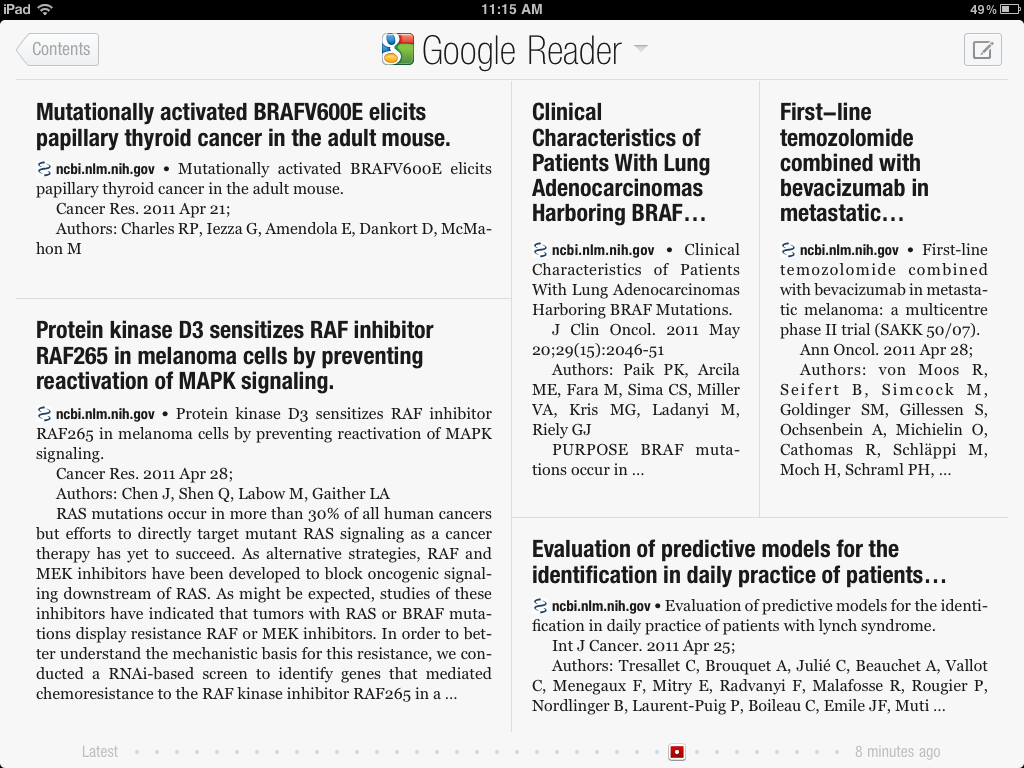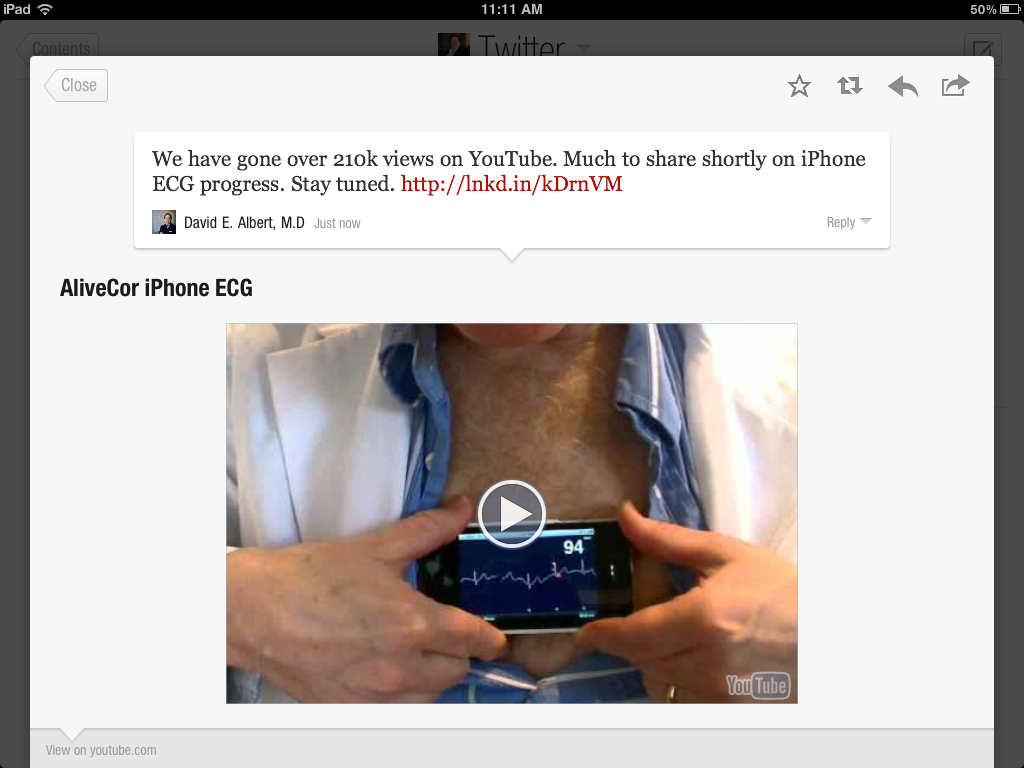“In God we trust, all others must bring data.”
W. Edwards Deming
The beauty of following many people on social media sites such as Twitter is that people in various communities, ie science, cancer, market research, PR and communications, etc all share links daily. Occasionally, one catches my eye and reveals a hidden gem.
This morning was one of those days. 
Take a look at this quick but useful (12 pages) slide deck on mobile health from Susannah Fox of Pew Internet:
Social media is changing the way we interact and do a lot of things

Mobile and access to wifi is very much part of facilitating that change. Go out on a busy street at lunchtime and notice how many people are using their iPhone, iPad or Android PDA to access data or do something. Wifi access is included in this category – can you remember the last time you connected your laptop or desktop to an ethernet cable – I can’t. Everything is now wireless, even printing.
The consequence of this trend is that many people are now searching for health information online, via their mobile or wifi (6 in 10 according to the Pew Research).
Does this trend have an impact on Pharma?
Absolutely it does. This social change actually has many useful implications for Pharma and their agencies:
- Are your brand or unbranded sites optimised for mobile?
- Are your sites Flash heavy?
- Is it easy to access health or disease information you generate through apps?
- Is your site optimised for languages such as Spanish?
It always amuses me (not) how many Agencies have flash heavy sites when a client calls and desires a recommendation for a new vendor, which actually happens quite often. PR and Communications agencies are notoriously bad at this. If I’m trying to send a link to your site to someone on an iPhone and they can’t read it, I’m not going to refer you. Fixing this glitch and dragging your agency into the digital age will improve your image enormously – image matters.
Imagine what the experience would be for patients trying to find out health information on the go and they can’t access anything because it’s coded in ugly Flash? They will quickly go elsewhere for health information.
Scaling a website from a desktop or laptop to a mobile device is very different, both in the look and feel. This blog, for example, looks very different on a mobile device than on a PC screen – check it out for yourselves. The optimisation makes it much easier to read a blog post.
If I have a horrid time trying to find the incredibly tiny Prescribing Information or Reimbursement link on your brand site on a laptop, it’s going to be very difficult for a patient or caregiver to find it on a mobile device. That’s something that is very easy to fix and will improve things for patients immediately.
Optimise it with big clickable, easy to see and read buttons! Make the text large, navigation and UI a breeze to read and use. Easy to use sites will ensure repeat visits, increased customer loyalty and sharing of the content. Hard to use sites will not.
The Pew Report highlighted two key trends in online health discussions that I think are really important to Pharma, which they defined as:
- The Mobile difference
- The Diagnosis difference
Where the Diagnosis difference is helping people find, read and share information about a disease or diagnosis. This could be a patient or caregiver, but interestingly, 1 in 4 adults use apps on their Smart phones.
WebMD is a still a main destination site for people seeking independent health information, but apps are becoming increasingly important. That one area where Pharma companies can make an impact in a thoughtful, rather than promotional way. My big assumption here though, is that patients themselves are consulted for ideas through focus groups and involved in the development of tools for monitoring their condition that are useful to them.
The end result? People are more likely to share links or apps virally and blog about them to others, thereby helping to increase awareness, adoption and hopefully, longevity if the site or app is really useful and fills an unmet need.
Overall, this is an interesting area where Pharma can get easily involved in Web 2.0 – what are your thoughts or comments?
 Today several people have reminded me that it’s Canada Day and also the Independence Day weekend in the US. Although I’m British and celebrate neither, there will be a short hiatus from blogging in honour of my Canuck and American friends.
Today several people have reminded me that it’s Canada Day and also the Independence Day weekend in the US. Although I’m British and celebrate neither, there will be a short hiatus from blogging in honour of my Canuck and American friends.





